Rehousing (2012–2019) consists of 12 true-to-scale models that reproduce historical, sometimes destroyed, or never realised housing structures. They are “case studies for the mental geography of an alternative modernity” (Friedl). The first model (Gründbergstraße 22, 2012) is the artist’s childhood home in Austria; following models comprise of Ho Chi Minh’s private residence, a traditional stilt house structure in Hanoi (Uncle Ho, 2012); a slave hut on the Evergreen plantation established in Louisiana in the eighteenth century (Evergreen, 2013); a never realized residential building in the razionalismo style designed by Luigi Piccinato for East Africa during the Fascist era (Villa tropicale, 2012–13); a replica of philosopher Martin Heidegger’s cabin in the Black Forest (Heidegger, 2014); a reconstruction of a shack built by African refugees in Berlin and taken down by the police in 2014 (Oranienplatz, 2014); a so-called “nail house” or dingzihu—representing one of many local structures resisting the Chinese building boom (Holdout, 2016); and one of the few derelict buildings left from Van Molyvann’s 100 Houses project completed in 1967 for employees of National Bank of Cambodia in Phnom Penh (101, 2016). The dome construction is from Drop City, the short-lived hippie commune founded in Southern Colorado in 1965 and abandoned in the mid-1970s, which implemented Buckminster Fuller’s geodesic design principles into DIY buildings (Dome, 2016); a container home comes from a refugee camp in Jordan (Azraq, 2016). The two most recent models show Winnie and Nelson Mandela’s former home in Soweto, now transformed into a museum (8115 Vilakazi Street, 2018–2019) and one of the prefabricated container houses that made up Amona— the Israeli outpost in the Palestinian territories on the West Bank, which was cleared in 2017 (Amona, 2018–2019).
Rehousing, 2012–2019
installation
























Mixed media, various dimensions
Tables: steel, plywood, acrylic paint, 100 x 60 x 60 cm each
photos: Jorit Aust
Peter Friedl


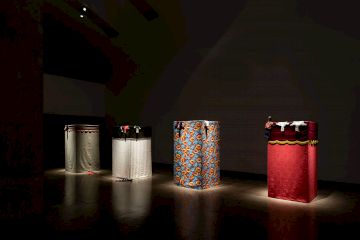

















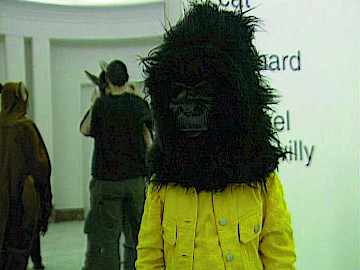


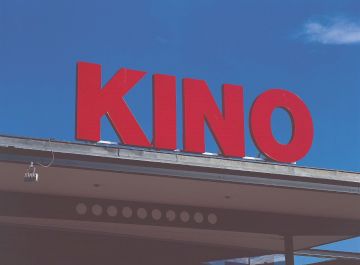

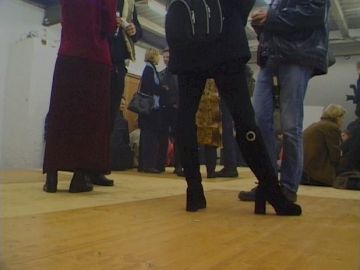





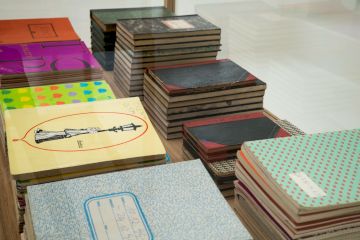


Peter Friedl is a classic of contemporary art. The three-time documenta participant, born in 1960, can be considered a notorious participant in discourse - because his work has always understood how to address major themes in such a way that they found and find new forms away from the canon and mainstream. Forms that run counter to power and domination, subvert them, escape them.... and confront them in the process. Friedl takes away from history - for example colonialism or modernity, its paradigms and institutions - the power to define what is connected and how, and with an almost innocent-seeming aesthetic he tells a different story about humans and historical actions than we are used to and may find opportune. Peter Friedl provokes that which dominates us, including our own thinking. Throughout the years he his work has been displayed in meaningful solo exhibitions, most recently Teatro Popular (KOW Berlin, 2023), Report 1964-2022 (KW Berlin 2022) and No Prey, No Pay (Guido Costa Projects Turin, 2021) and major group exhibitions such as Life, Without Buildings, Gta exhibitions (ETH Zurich 2022), Das Auto rosi aber (KOW Berlin 2022) and Komunikazion - Inkomunikazio (Tabakalera, Centre for Contemporary Art, San Sebastian 2021).
- Anna Boghiguian
- Candice Breitz
- Marco A. Castillo
- CATPC
- Alice Creischer
- Chto Delat
- Clegg & Guttmann
- Eugenio Dittborn
- Heinrich Dunst
- Anna Ehrenstein
- Peter Friedl
- Sophie Gogl
- Barbara Hammer
- Ramon Haze
- Hiwa K
- Hudinilson Jr.
- Simon Lehner
- Renzo Martens
- Oswald Oberhuber
- Mario Pfeifer
- Dierk Schmidt
- Santiago Sierra
- Michael E. Smith
- Franz Erhard Walther
- Clemens von Wedemeyer
- Tobias Zielony